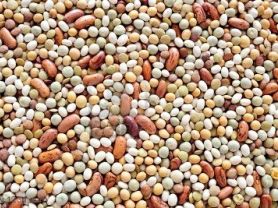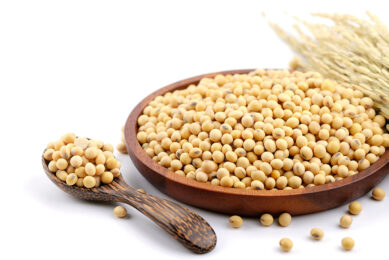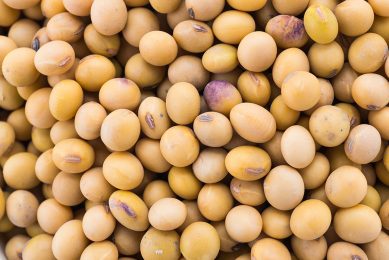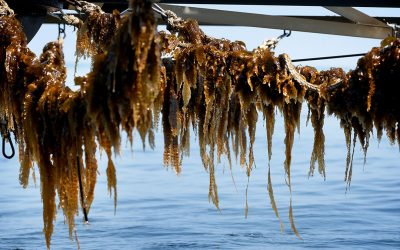Fish have difficulties digesting pea/soybean mix

Researchers examined vegetable ingredients using a new tool known as metabolic profiling, which enables researchers to substantiate the composition of far more plant substances such as sterols and phenols – often up to 200 chemical compounds per sample – simultaneously.
It also makes it possible to quantify the various substances in candidate plants. The highly advanced equipment required in this process is located at the Department of Biology at the Norwegian University of Science and Technology (NTNU).
The BioMar Group, a worldwide Norwegian producer of fish feed, has had responsibility for a research project to study potential vegetable ingredients and their effects on production fish.
Marie Hillestad, Senior Scientist at BioMar in Trondheim, has headed the project "Sources of plant protein for fish feed: Understanding and controlling anti-nutritional factors," which received funding under the HAVBRUK programme in the Research Council of Norway.
The project mapped various protein-rich plants as potential feed ingredients for salmon and rainbow trout.
International collaboration
Part of the project involved researchers at the Norwegian School of Veterinary Science in Oslo, who studied the fish intestinal tract and fish health.
The project featured collaboration with researchers in the US and Canada as well, two countries which are major suppliers of soybeans and peas, respectively, for fish feed.
Saponins
Anti-nutrients give a bitter taste to the plants and can even cause illness in animals that eat them.
"In our project we studied saponins in particular, which are well-known anti-nutrients in soybeans," explains Dr Hillestad.
"Fish feed with relatively moderate proportions of soybeans with saponins intact can trigger serious intestinal reactions in salmon. Saponins cause irritation of the mucosa and leakage in the intestinal membranes."
Saponins and peas don’t match
"We observed marked impacts on the fish in our trials, depending on the type of protein source the saponins were combined with.
“Saponins and pea protein, for example, are a very bad combination for both salmon and rainbow trout. But if we feed the fish pea protein without combining it with saponins, the peas are an excellent protein substitute for fishmeal."
"It’s no problem for the fish to eat feed in which pea protein comprises a large proportion of the protein content. But feed with pea protein must not contain soybeans or other vegetable ingredients that are high in saponins," she cautions. "Alternatively, the saponins can be removed from the soybeans."
The researchers do not yet know why this pea protein/saponin combination spells trouble for the fish.
The researchers did discover that saponins in themselves do not necessarily cause appreciable problems in the fish. It is the combination of saponins with certain other potential vegetable feed ingredients that create the major difficulties.
Join 26,000+ subscribers
Subscribe to our newsletter to stay updated about all the need-to-know content in the feed sector, three times a week. Beheer
Beheer









 WP Admin
WP Admin  Bewerk bericht
Bewerk bericht